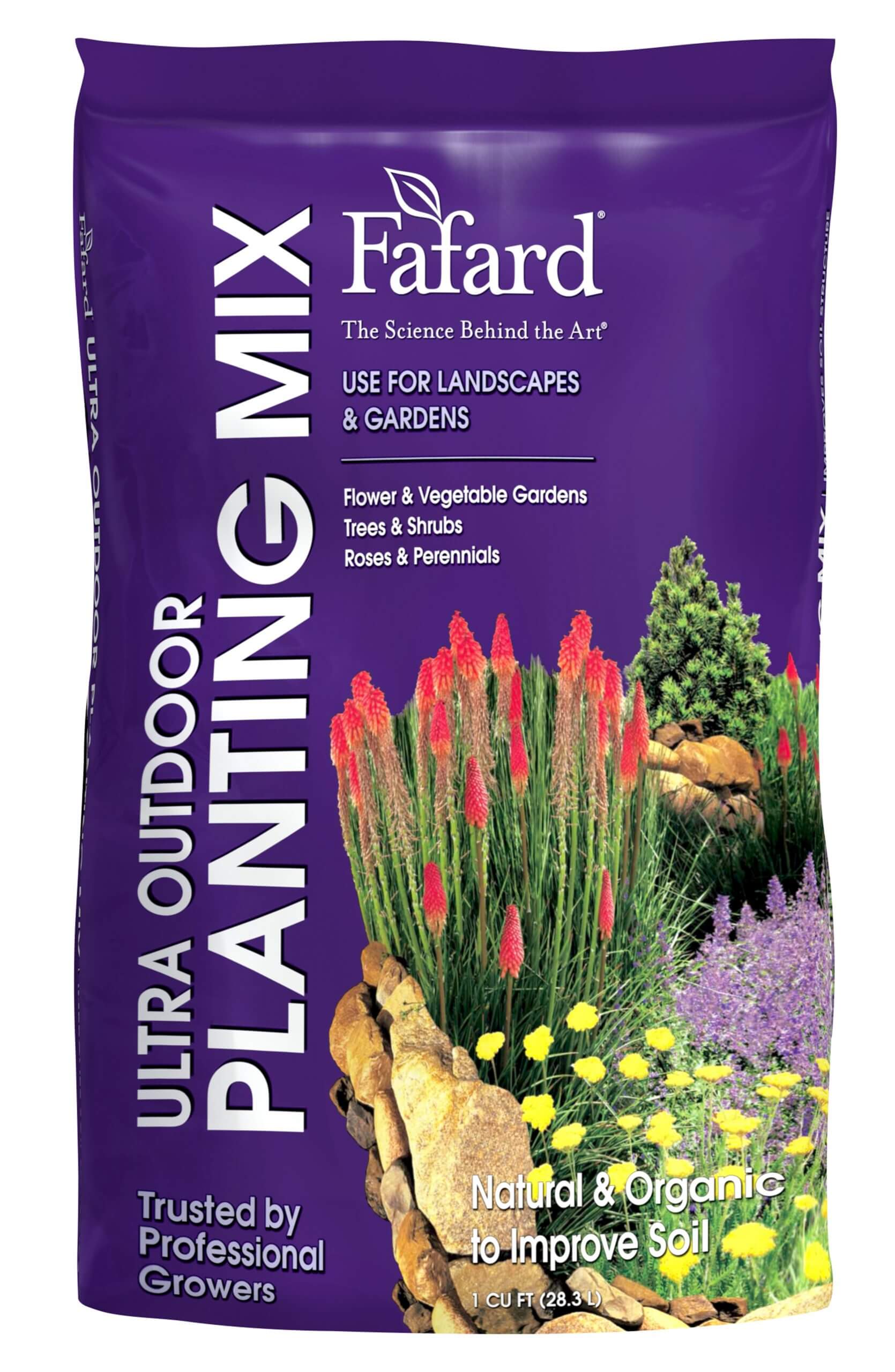
“How can I get my lavender plant to grow? I bought it last year and it’s still the same size and hasn’t flowered. I put it this spring and it’s thriving, just not growing. Does it need to be planted in the ground to be happy?” Question from Cassi of Plymouth, Minnesota
Answer: Lavender is truly an outdoor plant, though plants can be container-grown and protected indoors in winter. Despite your northern location (USDA Hardiness Zone 4b), you do have some options that will help you successfully grow lavender.
There are three things that lavenders need to grow, prosper, and bloom outdoors: all-day full sun, very well-drained soil, and summer warmth. Because your climate is so cold in winter, I suggest you grow annual lavender or try some of the hardiest lavenders available. Here are three lavenders to consider for your area:
1. ‘Munstead’ (Lavandula angustifolia ‘Munstead’): This compact lavender is just on the edge of your hardiness zone, growing in Zones 4-5, though really harsh winters will kill it in Zone 4. It is wonderfully fragrant and has lovely lavender-blue flowers.
2. ‘Hidcote’ (Lavandula angustifolia ‘Hidcote’) is equally compact and also on the edge of your hardiness zone, so it may survive. It has silvery foliage and lovely lavender flowers.
3. ‘Lady’ (Lavandula ‘Lady): This is one of the few lavenders that will bloom in the first year from seed, so it can be grown as an annual. This 1994 AAS award winner performs very well and may be the best lavender for your needs. It reaches 1-1.5 feet high.
Growing Lavenders Outdoors
Full sun and sharply drained soil are essential for success. Moist winter weather can quickly cause stem and root rot if the soil is not perfectly drained. Lavenders generally grow best in more alkaline soils that are raised and gravelly with added organic matter, such as Fafard Premium Natural & Organic Compost. Newly planted lavenders should be watered regularly for a few weeks until they become established. Once established they generally can take care of themselves.
If you try growing perennial lavenders outdoors, give them extra winter protection. Plant them in a microclimate close to the south-side of your house or a sunny stone wall. Planting lavenders among large, protective stones can also help them overwinter. Stones soak up the warmth during the day and radiate it at night, protecting more tender plants. They will also protect the roots, and if well placed they will protect the plants from winter winds.
Growing Lavenders in Pots
 Another option is growing lavenders in pots and bringing them in a cool to chilly sunny space indoors to overwinter. Keep the pots very lightly moist in winter. Container-grown specimens are best planted in large pots filled with fast-draining soil like Fafard® Ultra Outdoor Planting Mix.
Another option is growing lavenders in pots and bringing them in a cool to chilly sunny space indoors to overwinter. Keep the pots very lightly moist in winter. Container-grown specimens are best planted in large pots filled with fast-draining soil like Fafard® Ultra Outdoor Planting Mix.
I hope that these tips help!
Happy gardening,
Jessie Keith
Black Gold Horticulturist
